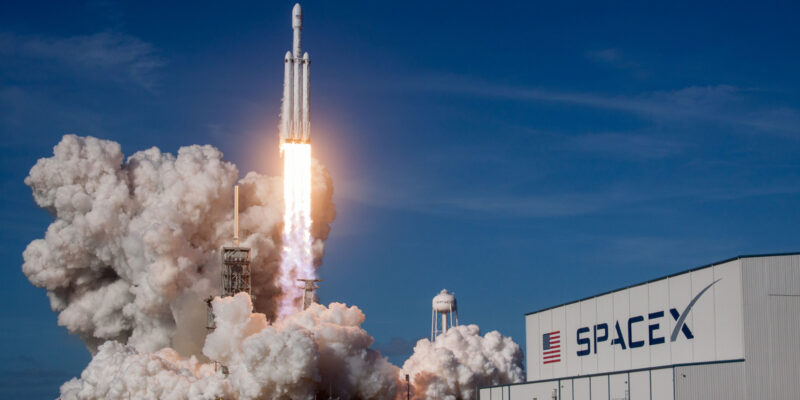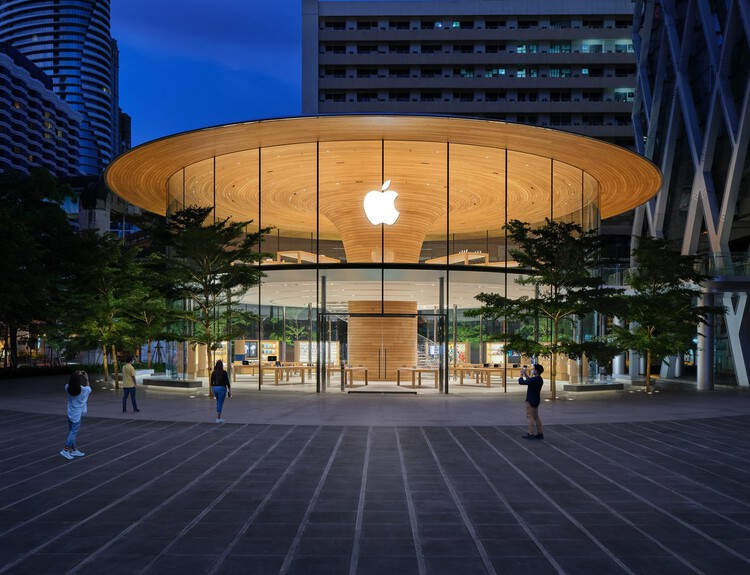SpaceX: Pioneering the Future of Space Exploration By Texas Startup Insider
In 2002, entrepreneur Elon Musk embarked on a daring mission: to revolutionize space exploration and make humanity a multi-planetary species. What began as a dream of building affordable rockets turned into SpaceX, a company that has redefined the aerospace industry. From reusable rockets to ambitious plans for Mars colonization, SpaceX’s journey is a testament to bold vision and relentless innovation.
The Birth of SpaceX
Elon Musk founded Space Exploration Technologies Corp. (SpaceX) in Hawthorne, California, with the audacious goal of reducing space transportation costs by 90%. Musk envisioned a future where humans could explore and settle other planets, but first, he needed to solve a fundamental problem: the exorbitant costs of launching rockets.
In its early days, SpaceX faced skepticism. Competing with established aerospace giants like Boeing and Lockheed Martin seemed nearly impossible for a startup with limited resources. Yet Musk remained undeterred, personally investing $100 million into the venture.
Breaking Barriers: The Falcon 1
SpaceX’s first major challenge was building Falcon 1, a low-cost, small-scale orbital launch vehicle. After three consecutive failures between 2006 and 2008, the fourth attempt was successful, making Falcon 1 the first privately developed liquid-fueled rocket to reach orbit.
This milestone proved that SpaceX could compete with government-funded programs, paving the way for its larger rockets and ambitious missions.
Redefining Space Travel
SpaceX quickly scaled its capabilities, launching the Falcon 9 rocket in 2010, followed by the reusable Falcon Heavy in 2018. These rockets introduced groundbreaking innovations:
Reusable Rockets: SpaceX’s vertical landing technology allowed rockets to be reused, slashing costs and making frequent launches feasible.
Dragon Spacecraft: The Dragon capsule became the first private spacecraft to deliver cargo to the International Space Station (ISS).
Commercial Crew Program: In 2020, SpaceX’s Crew Dragon carried NASA astronauts to the ISS, marking the first human spaceflight by a private company.
Starship: The Texas Connection
SpaceX’s most ambitious project, Starship, has deep ties to Texas. Designed as a fully reusable spacecraft capable of carrying humans and cargo to the Moon, Mars, and beyond, Starship represents the future of interplanetary travel.
The SpaceX Starbase facility in Boca Chica, Texas, has become the epicenter of innovation. This sprawling site is where Starship prototypes are developed, tested, and launched. The Texas location offers strategic advantages, including proximity to the Gulf of Mexico for safe launches and a supportive business environment.
Challenges and Triumphs
SpaceX’s journey hasn’t been without obstacles. Early failures, technical setbacks, and regulatory challenges have tested the company’s resilience. Musk himself has admitted that SpaceX came close to bankruptcy in 2008.
Yet, through perseverance and innovation, SpaceX not only survived but thrived. In 2020, it became the first private company to send astronauts into orbit, marking a new era for space exploration.
Economic Impact on Texas
SpaceX’s presence in Texas has been transformative. The company has created thousands of jobs in manufacturing, engineering, and operations, while also boosting local economies in communities near its facilities.
In addition to Starbase, SpaceX operates a rocket development facility in McGregor, Texas, where engines for Falcon and Starship rockets are tested. These sites have solidified Texas as a hub for cutting-edge aerospace technology.
Lessons for Texas Entrepreneurs
SpaceX’s story offers invaluable lessons for startups in Texas:
Think Big: Musk’s vision of colonizing Mars demonstrates the power of ambitious, long-term goals.
Embrace Failure: SpaceX’s early rocket failures were stepping stones to eventual success.
Innovate Relentlessly: Whether through reusable rockets or next-gen spacecraft, SpaceX constantly pushes technological boundaries.
The Future: Mars and Beyond
As of 2024, SpaceX is working toward its ultimate goal: establishing a human presence on Mars. The company is also advancing its Starlink satellite internet project, aiming to provide global connectivity.
For Texas, SpaceX’s journey underscores the state’s role as a leader in innovation and aerospace. As Starship development progresses, Texas remains at the forefront of humanity’s quest to explore the stars.
What's your reaction?
Excited
0
Happy
0
In Love
0
Not Sure
0
Silly
0







